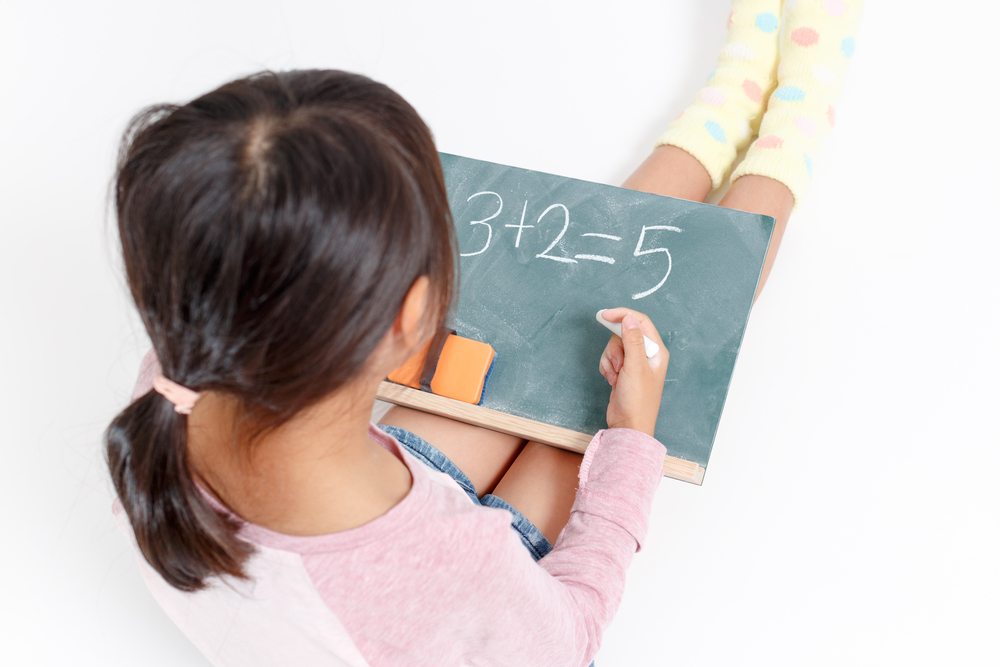
Starting Primary 1 is one of the major milestones for your child and it can be exciting and stressful at the same time. Your child has to cope with many changes including a new routine at a new school as well as a bigger class size. He also has to learn to handle money and buy lunch etc, on top of the greater emphasis on academics.
Although the Primary 1 maths curriculum assumes that children have minimal prior knowledge of maths, knowing these 9 basic maths skills will help your child ease into Primary 1 maths:
1. Understanding and comparing the size of length of two objects
Understanding and comparing the size of length of two objects, using the terms, ‘bigger than’, ‘smaller than’, ‘longer than’ or ‘shorter than’. Use everyday objects, or cut out strips of different coloured paper to show varying sizes or lengths.
2. Identifying and naming basic shapes
Identifying and naming basic shapes like square, rectangle, circle and triangle. Use manipulates or draw, colour and cut out the shapes. Look for everyday objects to highlight shapes, like a round plate or square photo frame. Do not talk about spheres, cubes etc. at this stage yet.
3. Rote counting from 1 to 20
Rote counting from 1 to 20 at the minimum, just like reciting the alphabet. Going beyond 20 is possible,depending on the child’s ability. You may just count or sing to catchy sing-along videos online. Playing Snakes and Ladders, Ludo or any counting game would be good as well.
4. Counting objects, reading and writing from 1 to 20 in numerals
Counting objects, reading and writing numbers from 1 to 20 in numerals. If possible, write in words from one to ten. Do not worry about the spelling too much at this age. This can be followed by number sequence exercises, for example, 1, _, 3, 4, _, …
5. Comparing quantities and numbers
Comparing quantities and numbers, for instance, identifying which set has more things or less things. Use manipulates and pictures to show. Then, move on to the abstract, for example, 5 is greater/lesser than 9.
6. Understanding the concept of number bonds
Understanding the concept of number bonds. Start with single digit numbers up to 5. Slowly, if possible, move up to 10. Number bonds will allow the child to ‘see’ that a number is made up of parts e.g. 2 and 3 make 5. Going forward, this will be useful for learning addition and subtraction. In the beginning, use manipulates like animal counters, or toys like construction bricks.
7. Adding and subtracting within 10
Adding and subtracting within 10. Here, using manipulates like linked-cubes to illustrate. For addition, use ‘counting on’ strategy. For instance, for ‘3 + 2’, use 3 cubes and count on another 2 cubes. As for subtraction, ‘3 – 2’, use 3 cubes and take away 2 and count the remaining cube. You may have your child use fingers to count as well.
8. Introduce multiplication as a concept of adding the same number many times over
Although it is not necessary to introduce multiplication at this stage, you may wish to introduce multiplication as a concept of ‘adding the same number many times over’. In the example of ‘two times table’, to explain ‘2 x 2’, you may use 2 cups with 2 marbles in each cup and add ‘2 + 2’ to get ‘4’. For ‘3 x 2’, use 3 cups with 2 marbles in each cup to illustrate ‘2 + 2 + 2’ to get ‘6’…the same goes for ‘5 x 2’ and so on. Once your child understands the concepts, memorising the multiplication tables would be more meaningful later on.
9. Introduce division as a concept of sharing equally
Again, it is not necessary to introduce division yet, but if you would like your child to learn the concept, introduce it as ‘sharing equally’. For instance, tell a story: Paul has 4 sweets to be shared equally with his sister. How many will he and his sister get? Draw 2 circles to represent each child. Take 4 sweets and ‘share’ in the circles to show Paul and sister would get 2 each.
When teaching young children maths, use objects, followed by drawing pictures before introducing maths terms and symbols. Make it interesting by asking probing questions hence directing them to find the answer by themselves. After all, mathematics is about problem solving. It is not about learning procedure or memory work. For young children to be successful in maths, number concepts must be taught right.
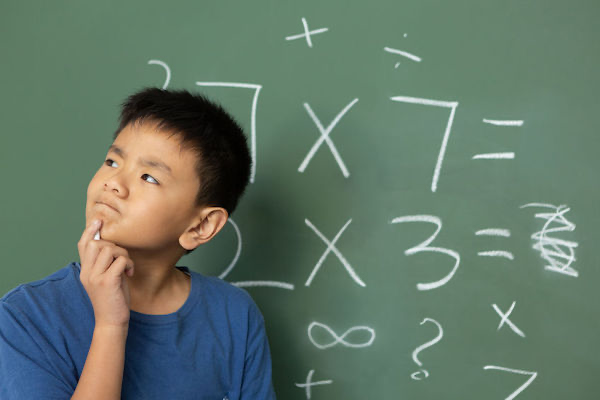
Singapore Math Heuristics: Draw a Table, Make Suppositions and Use Before-After Concept
Heuristics, in the context of problem-solving, are a set of strategies to help students solve mathematical problems. Although problem-solving is by and large the process of working towards a goal to which a solution may not be immediately present, it is important that problem solvers (or students) are not only aware of what they are […]
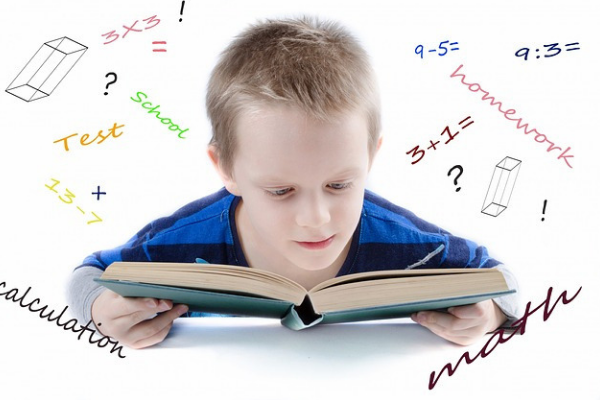
Singapore Math Heuristics: Solve Part of the Problem, Simplify the Problem and Work Backwards
Problem-solving in mathematics helps children develop reasoning and communication skills that are transferrable and important life skills. Reasoning is required on three levels when children solve word problems. First, they use reasoning to recognise what information is provided or missing. Then, they use reasoning to figure out what information they need to find. Finally, they […]
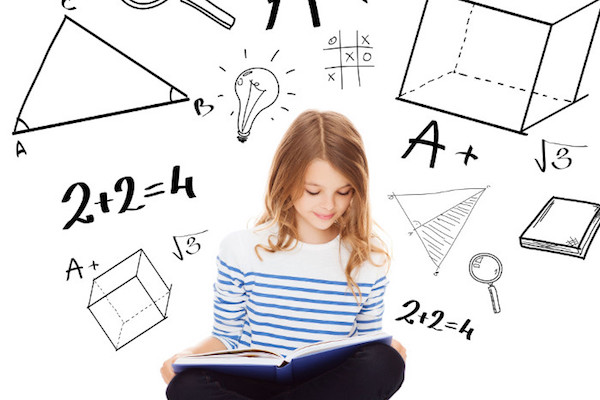
Singapore Math Heuristics: Make A Systematic List, Guess And Check, Restate The Problem In Another Way
The skills children pick up in math are indispensable; they can be applied to other academic subjects and to solve real-world problems in their daily lives and future work. The Singapore Math curriculum focuses on problem solving. Through problem solving, children develop thinking skills such as creative thinking and critical thinking. When children analyse math […]
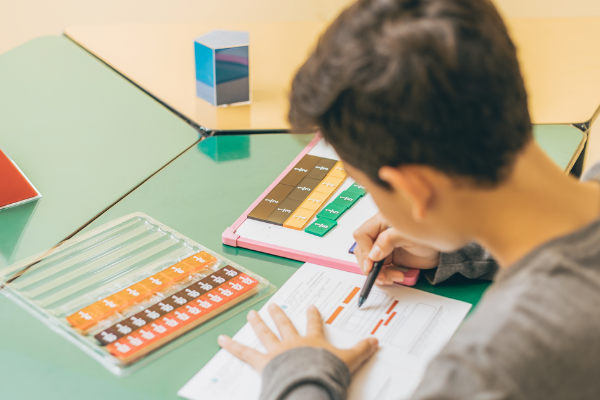
Singapore Math Heuristics: Act It Out, Draw A Diagram, Look For Patterns
In part one of our Singapore Math Heuristics series, we gave an overview of the 12 heuristics in Singapore Primary Math syllabus, with tips from the curriculum team at Seriously Addictive Mathematics (S.A.M) on how to solve various math word problems using them. To recap, heuristics are methods or strategies students can use to solve complex […]

